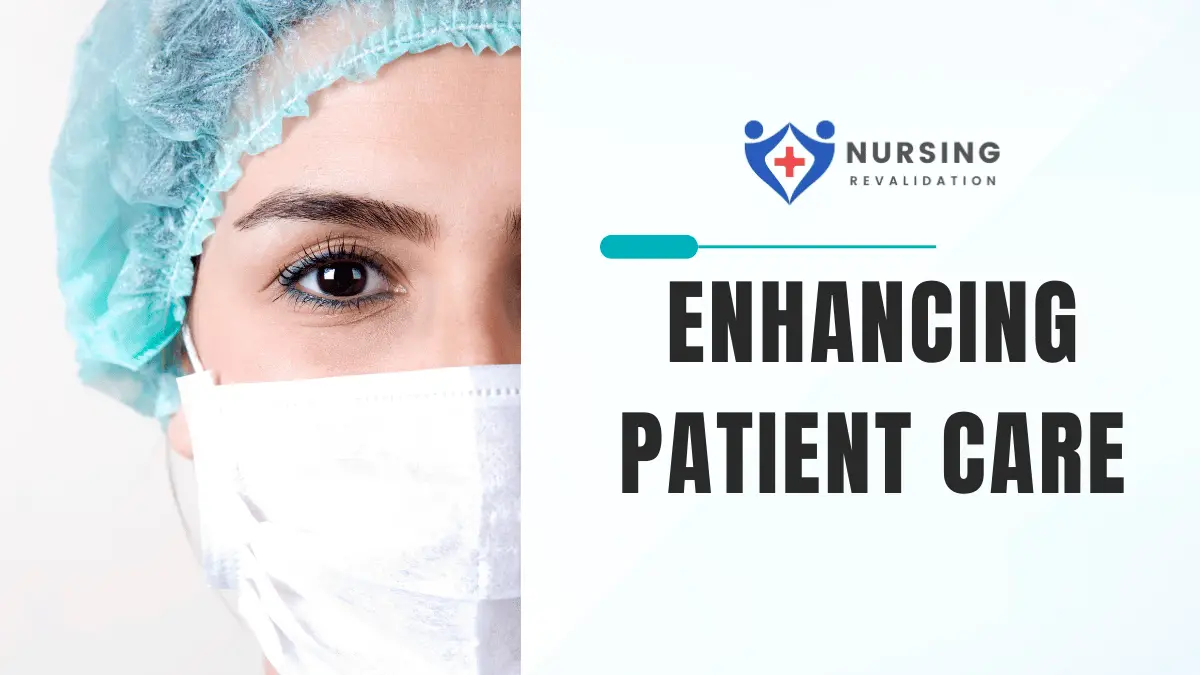In the complex landscape of modern healthcare, effective communication among multidisciplinary teams is paramount for delivering quality patient care. From diagnosis to treatment and ongoing management, collaboration across various specialties ensures comprehensive and coordinated healthcare services. This article explores the significance of communication within multidisciplinary healthcare teams, highlighting strategies to optimize communication channels, improve patient outcomes, and foster a culture of collaboration.
Understanding Multidisciplinary Healthcare Teams
Multidisciplinary healthcare teams comprise professionals from diverse backgrounds, including physicians, nurses, specialists, pharmacists, therapists, and social workers, among others. Each member brings unique expertise and insights to the table, collectively contributing to holistic patient care. The synergy among team members enhances decision-making, promotes innovation, and addresses the multifaceted needs of patients with complex medical conditions.
The Role of Effective Communication
Effective communication serves as the cornerstone of multidisciplinary teamwork in healthcare. It facilitates the exchange of vital information, ensures clarity of roles and responsibilities, and minimizes errors and misunderstandings. Moreover, robust communication channels enable timely updates on patient progress, treatment plans, and care transitions, fostering continuity and coherence in healthcare delivery.
Table: Comparison of Communication Tools
| Communication Tool | Description | Benefits |
|---|---|---|
| Electronic Health Records (EHRs) | Digital platforms for storing and accessing patient information | Centralized data, real-time updates, improved accessibility |
| Secure Messaging Platforms | Encrypted messaging systems for intra-team communication | Confidentiality, rapid information exchange, documentation |
| Structured Communication Tools | Frameworks such as SBAR for standardized communication | Clarity, consistency, enhanced handoffs and consultations |
Challenges in Communication
Despite its importance, communication within multidisciplinary healthcare teams faces various challenges. These may include:
- Silos and Fragmentation: In large healthcare organizations, different departments or specialties may operate in silos, hindering seamless communication and collaboration.
- Hierarchy and Power Dynamics: Hierarchical structures within healthcare settings can impede open dialogue and discourage team members from voicing concerns or innovative ideas.
- Information Overload: The abundance of patient data and documentation can overwhelm team members, leading to information overload and overlooking critical details.
- Technological Barriers: Inadequate or outdated communication technologies may hinder efficient information sharing and coordination among team members.
Addressing these challenges requires proactive measures to promote a culture of open communication, streamline workflows, and leverage technology for enhanced collaboration.
Strategies for Effective Communication
To optimize communication within multidisciplinary healthcare teams, consider the following strategies:
- Establish Clear Communication Channels: Define standardized protocols for communicating vital information, such as electronic health records (EHRs), secure messaging platforms, and regular team meetings.
- Promote Active Listening: Encourage team members to actively listen to one another, seek clarification when needed, and validate understanding to prevent misinterpretation or errors.
- Encourage Interprofessional Education: Facilitate opportunities for team members to participate in interprofessional education and training, fostering mutual respect, understanding, and appreciation for each other’s roles.
- Utilize Structured Communication Tools: Implement structured communication tools, such as SBAR (Situation, Background, Assessment, Recommendation), to standardize handoffs, consultations, and reporting, enhancing clarity and efficiency.
- Foster a Culture of Psychological Safety: Create an environment where team members feel safe to express concerns, ask questions, and offer suggestions without fear of retribution or judgment.
- Embrace Technology Solutions: Invest in user-friendly communication technologies that support real-time collaboration, remote consultations, and secure information exchange, enhancing efficiency and accessibility.
Case Study: Improving Communication in a Cardiac Care Unit
To illustrate the impact of effective communication on patient care, let’s consider a case study of a cardiac care unit (CCU) in a hospital setting. The CCU implemented a multidisciplinary rounding approach, bringing together cardiologists, nurses, pharmacists, and rehabilitation therapists to discuss each patient’s care plan. Through structured rounds and interdisciplinary communication, the team achieved:
- Reduced length of stay for cardiac patients
- Enhanced medication reconciliation and adherence
- Improved patient satisfaction scores
- Lower rates of readmission and complications
Conclusion
Effective communication within multidisciplinary healthcare teams is vital for delivering patient-centered care, optimizing outcomes, and promoting a culture of collaboration and innovation. By addressing communication challenges, implementing strategic initiatives, and fostering a culture of open dialogue, healthcare organizations can enhance the quality, safety, and efficiency of their services. Embracing technology, promoting interprofessional education, and prioritizing active listening are essential steps toward building resilient and cohesive healthcare teams.


